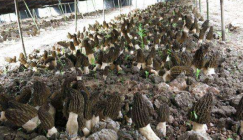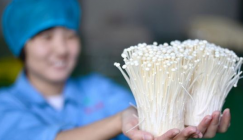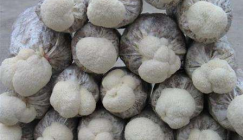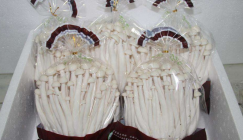1. Eliminate any cultivation field where is shady, poor-ventilated or insanitary, before the cultivation, firstly brush the walls of greenhouse with lime water, scatter quick lime on the ground. For old greenhouses, you could fumigate with the mixture of Potassium permanganate and Formalin.
2. Large-area contamination of spawn-running failure may happen after you choose contaminated or caked materials for Oyster mushroom cultivation, therefore, you could choose clean materials, thoroughly do a great job on disinfection and it is extremely important not to randomly combine with chemical fertilizers. On stacking fermentation of Oyster mushroom, you could moderately add urea to supplement Nitrogen. Meanwhile, when you prepare materials, be sure to pay attention to the humidity and water content.
3. When you cultivate Oyster mushrooms, you should choose suitable strain in accordance with local climate conditions, and give up the strains which have been contaminated or gotten aged.
4. Be sure to enhance the management of Oyster mushroom, during the fruiting period, insufficient sunlight in greenhouse results in slow fruiting, hence you could supplement it with lamp light so as to stimulate the fruiting. In addition, air humidity is the key condition during the fruiting period, in order to increase the humidity, some farmers blindly augment the amount of water-spraying or even spray water directly on mushroom bodies, which results in suffocated tiny mushrooms and rotten matured mushrooms. In consequence, during the fruiting period of Oyster mushroom, you should stress the method of water-spraying and it is preferred to spray water to the space of greenhouse, meanwhile, enhance the ventilation so as to eliminate misshapen mushrooms which are resulted from excessive accumulation of carbon dioxide.
5. Mushroom picking is one of the crucial steps during Oyster mushroom cultivation, when you find that mushrooms have become matured, pick them without any hesitation. Here is an example, when finding that mushrooms have matured, some farmers start to pick fully-grown mushrooms while leaving tiny mushrooms for later growth, which inversely extends the fruiting period and affects the output of next mushroom batch. (Source: Farmers’ Daily)

 LATEST NEWS
LATEST NEWS
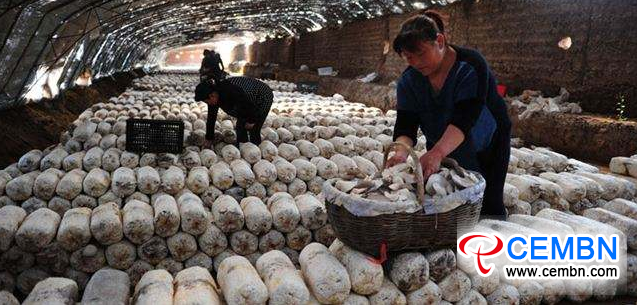
 MOST POPULAR
MOST POPULAR
